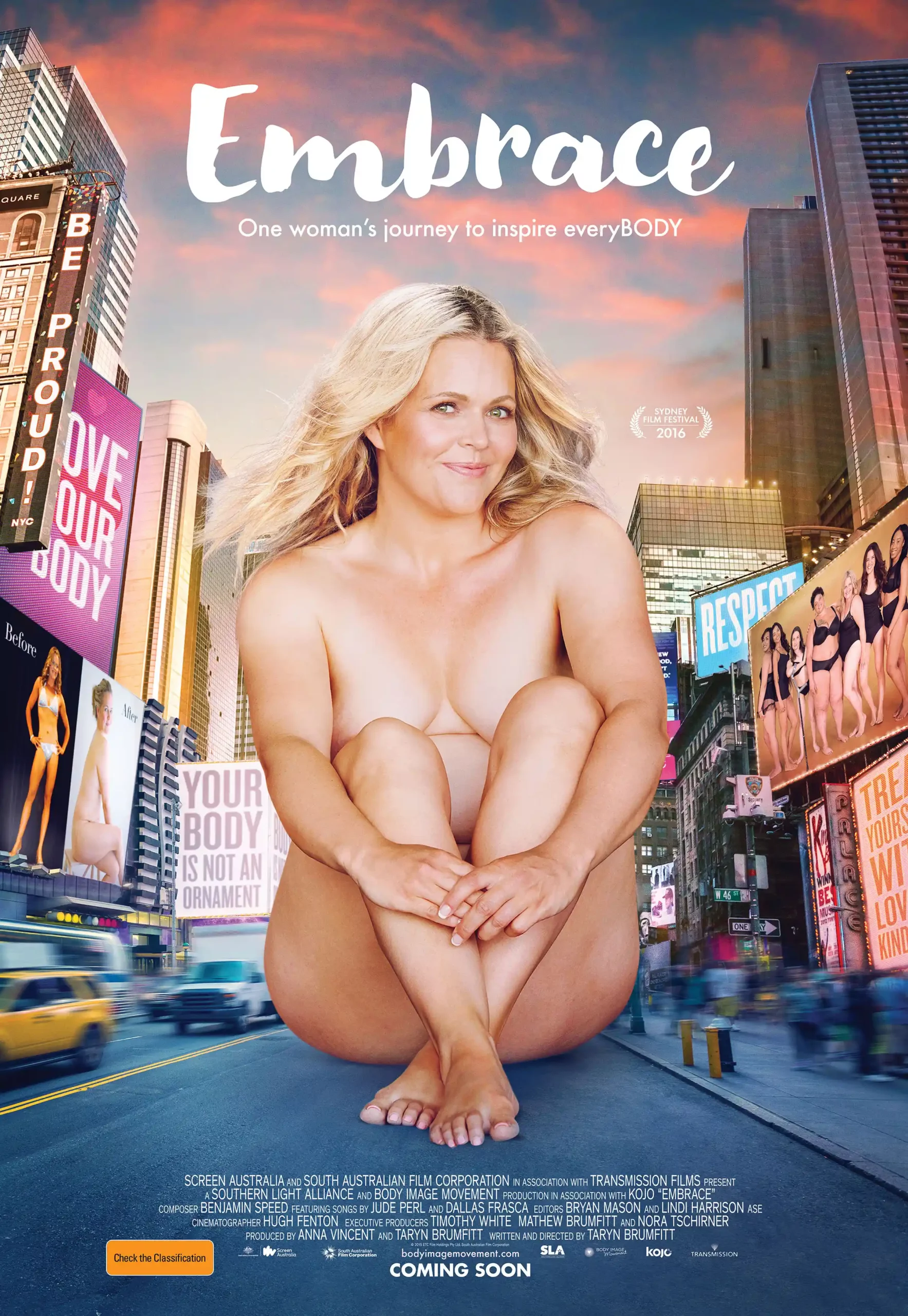It’s time to revolutionise how our kids learn about food and wellbeing in schools — and we’re pushing this long overdue shake-up. Here’s how you can help.
Research has shown that the old-school ways of teaching about nutrition in school has been doing more harm than good. You might remember doing beep tests and classroom projects recording what you ate, counting calories, and being weighed — activities that have been problematic for so many people. In fact, two research studies (here and here) found that 14% of young people being treated for anorexia said health education classes were a trigger for their disordered eating.
I’ve been gathering research and evidence to educate teachers about the unintended
negative effects of these sorts of activities for 20 years — and finally, real change is happening!
After Taryn was awarded Australian of the Year in 2023, we received a heartbreaking letter from an incredible mother, Kylie Burton, whose daughter had been hospitalised twice for anorexia.
Following two years of treatment, Kylie’s daughter was in recovery and returned to school, only to be faced with a six-week maths unit on measuring her body and counting calories. In the first lesson, students were asked to record each other’s height and weight and so they could calculate their body mass index (BMI) and plot their results on a graph.
With Kylie’s passion and advocacy — and all the supporting research — we joined forces with Jane Rowan, Executive Director of Eating Disorders Families Australia (EDFA), to advocate for changes to the curriculum and enhance safety and inclusion of young people with eating disorders.
I must admit, I didn’t think we would be able to change the Health and Physical Education Curriculum, let alone the entire Australian Curriculum across English, maths, science, design and tech — everything! I thought these activities were way too ingrained and we would be told it’s “just the way we’ve always done things’.
It was a year-long push but it was worth it — all our recommendations were included in the updated Australian Curriculum published in November 2023!
Wait, what’s the big deal with BMI?
BMI is calculated by dividing your weight by your height, squared. It’s used in research and healthcare to categorise groups of people as ‘underweight’, ‘average weight’, ‘overweight’, and ‘obese’. The formula is popular because it’s simple, but that’s also what makes it problematic: it’s too simple.
BMI was never designed to be an individual measure of weight status, let alone health. It
doesn’t apply well to women, children, athletes, or anyone who isn’t white — and that’s a lot of
people! So, you can see why categorising students into BMI categories in front of their peers, especially when teachers lack the training to explain the complexities of weight science, can be extremely damaging for young people.
What’s changed in the Australian Curriculum?
The Australian Curriculum guides teachers on the outcomes and standards that need to be met in their classes. It doesn’t tell teachers exactly what to teach, but it’s the guide that they have to follow.
Based on our advice, the Australian Curriculum, Assessment and Reporting Authority went through the entire curriculum and revised the language that was used around bodies, food, and weight. There used to be 340 references to BMI, but now there’s only one — in a list of activities that should be avoided to prevent harm. It also links to the Curriculum Connection Document we contributed to, which explains safety considerations around food and nutrition education.
Here’s what was included in the document:
“The following activities should be avoided to prevent causing unintended harm:
- critiquing and comparing personal food and wellbeing choices and habits with those of other people, including calculating kilojoules/calories; assessing body weight and body measurements; calculating BMI (Body Mass Index); and recording food intake in food diaries
- focusing on constant improvement for all students to be ‘healthier’ and using the terms ‘good’ and ‘bad’ foods.”
We also worked to remove some problematic resources that were being recommended, like That Sugar Film, which has been triggering for many young people.
This news comes as a huge sigh of relief for the many people who have experienced, or have a child who has experienced, activities and lessons that led to them feeling shame about their body or led them on a path of restriction and dieting.
How can you support the change?
It’s going to take some time for these changes to be communicated to every teacher across the country. If some activities come home that are not aligned with the updated curriculum, here are some ways to work with your school:
- Respectfully ask why they have chosen a particular approach to teaching food and nutrition, so you can better understand their rationale. If you’re concerned about a classroom task, let the teacher know the impact it is having on your child’s health, attitudes or behaviours.
- Inform the teacher of the changes to the Australian Curriculum by sharing this article.
- Hopefully, the teacher changes the task as they increase their awareness. If this doesn’t happen, you can ask for your child to not participate in the activity.
- If you’ve tried these strategies and you’re not getting the support you and your family needs, ask to speak with the head of department or principal. All students deserve to be safe and included.
Kylie Burton and the wonderful EDFA team have pulled together this handy document that you can pass on to educators, schools, and wellbeing teams.
What’s next?
The Embrace Collective and EDFA are working with an alliance of dietitians and experts and have sought funding to develop eating disorder-safe nutrition education materials, so watch this space!
Sign up at www.bodyimageresources.com as a teacher or a parent to be the first to know
about our new resources.




